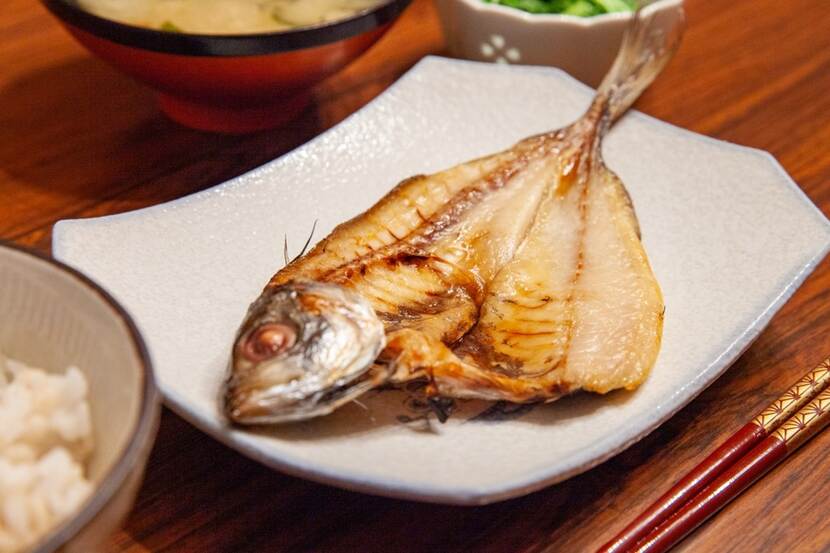Japan News Update #45 (31 Jan-13 Feb 2023)
Stay updated on the latest agricultural news in Japan, that we publish every two weeks.
by Yuki Sano
Measures and current status for food issues amid environmental change
The National Agriculture and Food Research Organization (NARO) operates a gene bank business that collects, preserves, and distributes agricultural genetic resources domestically and internationally. The preservation of plant seeds as a genetic resource is increasingly significant. Partially many crops face the risk of extinction or reduced productivity owing to climate change and the destruction of ecosystems through overdevelopment.
Source: Japanese gene bank a vital insurance policy against food crop threats
Since October 2022, the bird flu outbreak has resulted in a record number of 12.3 million chickens being culled in Japan. According to The Ministry of Agriculture, Forestry and Fisheries (MAFF), there are sufficient eggs for domestic consumption. However, the supply of eggs for food manufacturers may be disrupted.
Source: Bird flu squeezes egg supply in Japan
Valentine's Day’s demands in Japan
In Japan, the demand for chocolate typically increases in February as it approaches Valentine's Day. The average household spending on chocolates during this month is usually higher, about twice the amount spent in other months. Due to the pandemic, people are more eager to catch up on the things they have missed, including spending on "special occasions" like Valentine's Day.
Source: Japanese consumers brace for higher prices for Valentine's Day chocolates
Before Valentine's Day, the price of cut flowers, particularly western flowers like roses, Gypsophila, and Ranunculus, was increasing due to shortages caused by low temperatures, as well as the rising cost of heating. However, despite this price increase, demand remains strong, with consumers drawn to the scents and shapes of the flowers and leaves.
Source: Shortage of Western flowers due to Valentine's Day demand

Trends of cultured meat or cultivated meat, or lab-grown meat in Japan
Cultured meat has captured the attention of numerous consumers and investors. Professor Takeuchi from the University of Tokyo is conducting a unique research project focused on producing lab-grown "authentic" meat that replicates both external and internal characteristics. In 2014, he invited Dutch pharmacologist Mark Post to Japan to share his insights on cell-based meat and hosted a symposium.
Source: Japanese researcher pushes the boundaries of lab-grown 'real' meat
Compared to Singapore, which has become the first country in the world to approve cultured meat products for sale, the research and approval process for cultured meat in Japan has been sluggish. However, MAFF is taking steps to establish a public-private consortium composed of government agencies, researchers, and food producers. For instance, in 2017, Nissin, a food manufacturer known for its instant noodles, approached Professor Takeuchi with an offer to collaborate on developing cultured meat.
Source: I can't believe it's not meat! Is lab-grown beef on Japanese menus?
Price hike from agricultural input to the consumer price
MAFF has recently released the agricultural price index for 2022. The input price index was recorded at 116.6, with 2020 being the base year, the highest since the statistical record keeping started in 1951. This increase is primarily attributed to the rising cost of fertilizer and feed, with the respective indexes for these products being 130.5 and 138. On the other hand, despite the increase in input costs, the agricultural sales index was recorded at 101.4, indicating only a marginal increase of 0.6% from the previous year.
Source: Highest prices for agricultural inputs in 2022
In Japan, food prices are expected to continue upward for the year's first four months. Over 10,000 items are anticipated to experience price increases owing to high material and logistical costs, as well as the rapid depreciation of the yen. In February, the number of food items expected to see a price hike totaled 5,463, the second-highest figure after the peak of 7,864 items in October 2022. In March, 2,716 food items, including confectioneries, are expected to experience price increases, while 3,192 items will rise in April. Teikoku, a credit research company, forecasts the price increase of 2,000 to 3,000 items per month will persist until this summer.
Source: Another wave of food price hikes awaits Japan consumers in February; Prices to rise in Japan on over 10,000 food items over higher costs
In 2022, domestic fish in Japan, such as the Pacific saury (sanma), experienced scarcity and high prices. Although some catches remained stable, fewer fish were available for consumption, with many repurposed as fertilizer and feed. As a result, Japanese consumers have become even less interested in buying domestic marine products. For instance, the horse mackerel commonly used for the popular dish known as aji-no-hiraki (grilled, cut-open, and dried horse mackerel) is now largely imported from countries such as South Korea and the Netherlands.
Source: The High Price of Japanese Seafood: Can Consumption Climb in 2023?
